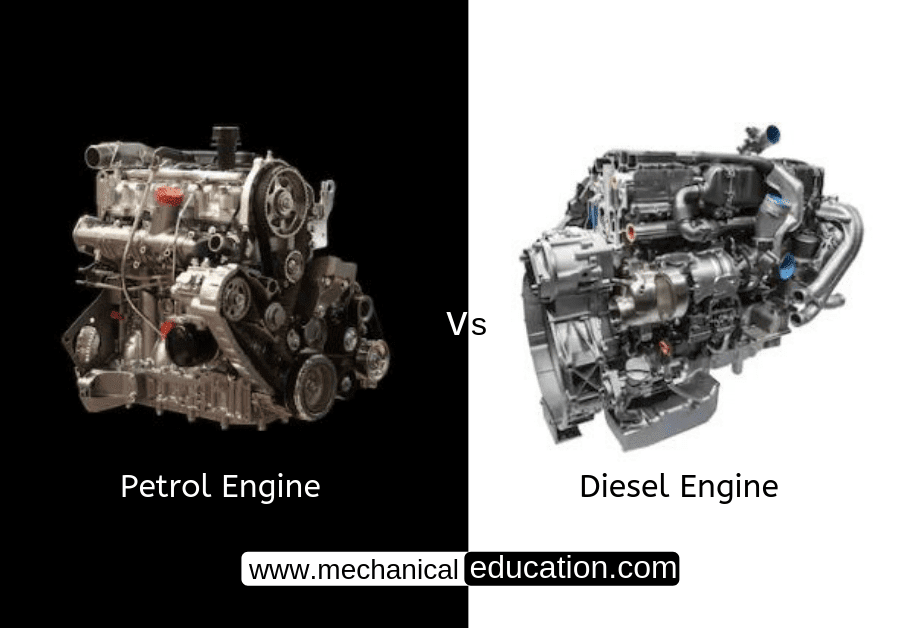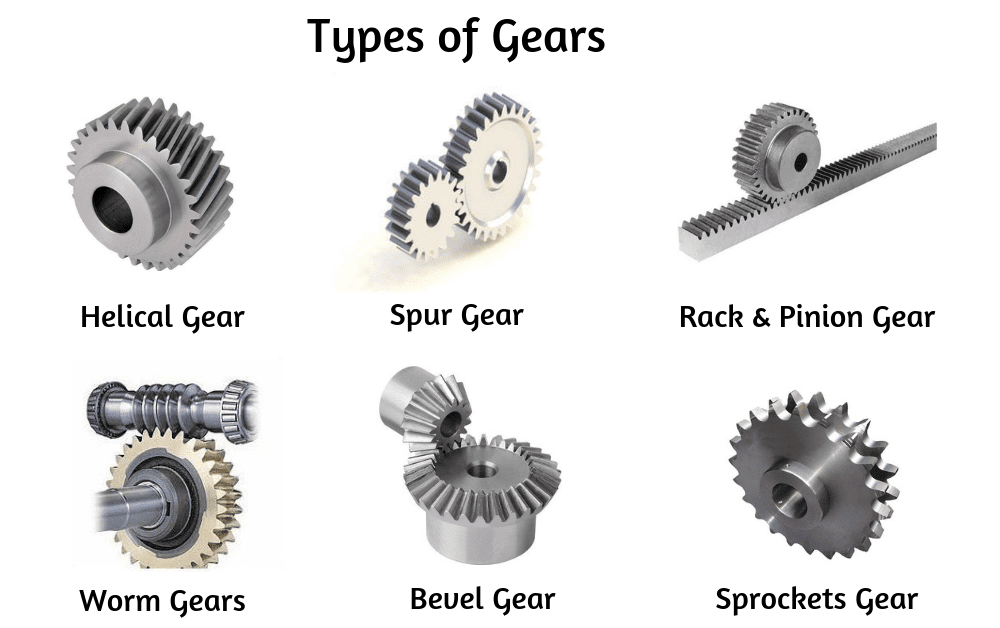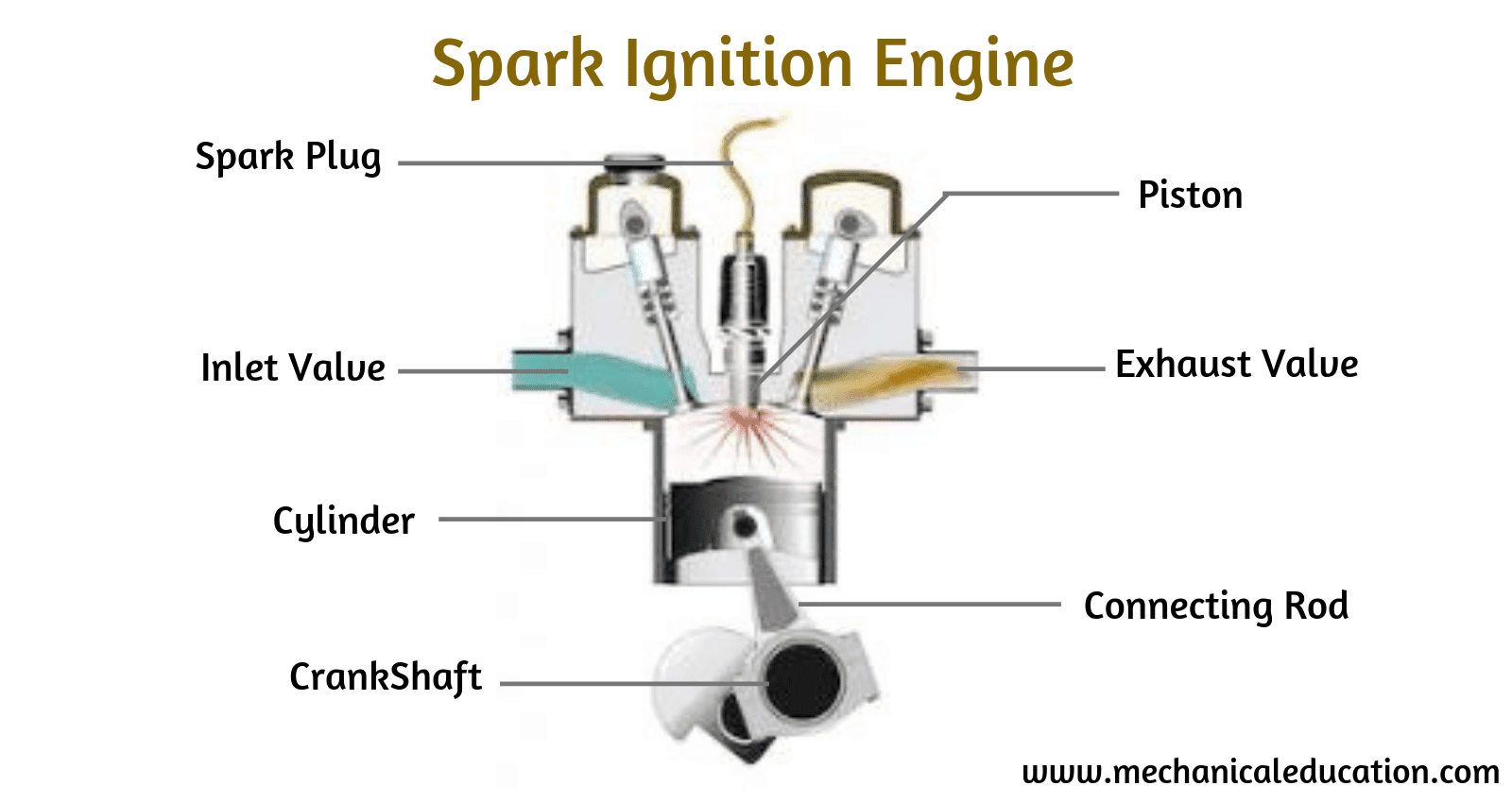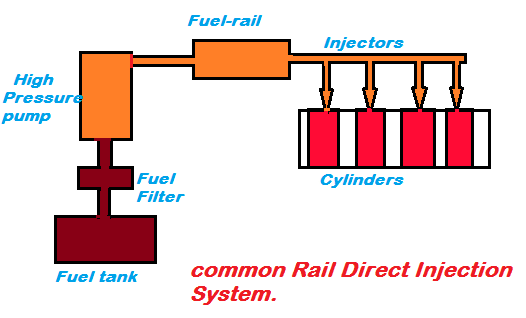Every automobile driver knows the importance of having a functioning air conditioning system (A/C). But how much do you know about the parts that make up your automobile’s A/C?
Let’s dive into the different parts and their roles in keeping you cool during those hot summer days.
What is an Automobile Air conditioning system (A/C) & how does it work?
An automobile air conditioning system (A/C) is designed to keep the interior of a vehicle comfortable by maintaining desired temperatures. It typically consists of a compressor, condenser, an evaporator, an expansion valve and coolant which serves as the medium for heat exchange. The compressor and condenser absorb ambient heat from the air inside the car and release it outdoors. The evaporator then cools down the air, which is then driven into the passenger cabin to provide cool and refreshing air. A/C is becoming more common in cars these days as many are found with factory-installed A/C systems. Automobile air conditioning can greatly improve one’s comfort when driving during hot summer days.
Below are the different parts in the Automobile Air Conditioning (A/C)
- A/C Clutch
- A/C Compressor
- A/C Condenser
- A/C Hose high pressure
- A/C Kit
- A/C Relay
- A/C Valve
- A/C Expansion Valve
- A/C Low-pressure Valve
- A/C Schroeder Valve
- A/C INNER PLATE
- A/C Cooler
- A/C Evaporator
- A/C Suction Hose Pipe
- A/C Discharge Hose Pipe
- A/C Gas Receiver
- A/C Condenser Filter
- A/C Cabin Filter
A/C Compressor Clutch:
The A/C compressor clutch is responsible for engaging and disengaging the compressor when necessary. It’s typically operated by an electric motor or vacuum, depending on the vehicle. When the A/C clutch is engaged, it will turn on the compressor which compresses refrigerant gas and moves it through other components of the air-conditioning system.
A/C Compressor:
This part is responsible for pressurizing refrigerant gas so it can move through to other parts of the system and be cooled down by removing heat from inside your vehicle. It is driven by either a belt or an electric motor and contains valves to control flow rate and pressure of refrigerant gas.
A/C Condenser:
The condenser helps convert high-pressure refrigerant gas into liquid form before sending it to other components in the A/C system. The condenser works by dissipating heat from the refrigerant, thereby cooling it down to allow for easy conversion into liquid form.
A/C Hose High Pressure:
This hose carries fluid between two components at high pressure levels within your vehicle’s air-conditioning system. It must be able to withstand extremely high temperatures and pressures as well as vibration without leaking or bursting under extreme conditions. In addition, this hose must be resistant to any chemicals present in your vehicle’s engine bay environment such as oils and antifreeze fluids.
A/C Kit:
An A/C kit includes all of the necessary components needed for a successful repair or replacement of your vehicle’s air conditioning system including but not limited to O-rings, hoses, clamps, expansion valves, accumulators etc….
A/C Relay:
This part relays electrical signals between various components in your vehicle’s air conditioning system such as compressor, condenser fan motors etc… It is usually connected with wiring harnesses that carry electrical power from one component to another within your car’s AC circuit.
A/C Valve:
This valve is responsible for controlling the flow of refrigerant in the A/C system. It can be either manually or automatically operated, depending on the type of car you have.
A/C Expansion Valve:
This valve regulates the flow rate of the refrigerant from high pressure to low pressure as it moves through the A/C system. It also helps maintain proper cooling temperatures inside the vehicle.
A/C Low-pressure Valve:
For most cars, this valve is used to regulate the low-pressure side of the A/C system. This includes keeping pressure levels in check so that too much or too little refrigerant isn’t circulating through your vehicle.
A/C Schroeder Valve:
This valve helps release any trapped air bubbles in an A/C system so that it runs more efficiently and effectively. It’s important for ensuring optimal cooling performance in a vehicle’s cabin and should be checked regularly as part of general maintenance or repair services.
A/C INNER PLATE:
An A/C inner plate is responsible for protecting various parts within an A/C system from outside elements such as dirt, dust, and other debris that can harm delicate parts like condensers and evaporators.
A/C Cooler:
The A/C Cooler plays a key role in removing heat away from the compressor while circulating cool air throughout your car’s interior; it works by absorbing heat energy from passing air molecules, cooling them down in the process. The cooler also helps maintain optimal operating temperatures for all other parts within an AC system.
A/C Evaporator
A/C Evaporator is responsible for turning hot air into cold air by reducing its temperature before releasing it into a car’s cabin; this is done by passing warm air over an evaporator coil which absorbs heat energy from passing molecules before releasing cooled air back into a car’s cabin space. The process requires two hoses – one for suction (low-pressure) and one for discharge (high-pressure). Finally, A/C Gas Receiver collects excess refrigerant vapor during normal operation, allowing it to be reused when needed instead of being released into the atmosphere; this ensures maximum efficiency while reducing environmental impact caused by emissions from automotive vehicles with functioning AC systems installed in them. Additionally, both an A/C Condenser Filter & Cabin Filter are necessary components that help remove impurities present within your car’s AC unit as well as its cabin space respectively; these filters help keep out dirt & debris while improving overall efficiency & performance levels within a vehicle’s HVAC unit as well as its interior environment respectively – making them vital components in any automotive AC system!
A/C Suction Hose Pipe
The A/C Suction Hose Pipe is an important part of the air conditioning system as it helps draw in the refrigerant from the evaporator into the A/C compressor. The Suction Hose Pipe should be replaced if it has become worn or cracked, as this can cause a leak in your system and prevent it from cooling adequately.
A/C Discharge Hose Pipe
The A/C Discharge Hose Pipe is responsible for transferring the compressed refrigerant vapor from the A/C compressor to the condenser. This pipe should also be replaced if it has become cracked or damaged in any way.
A/C Gas Receiver
The A/C Gas Receiver is designed to hold any excess gas when it is not needed by the system, such as when cooling is not required. The Gas Receiver should be checked regularly to ensure there is no build-up of dirt or debris which could cause an obstruction and impair performance. Additionally, if you notice that your car’s AC isn’t cooling quickly enough, then you may need to check and replace your A/C Gas Receiver as well.
A/C Condenser Filter
Another key component of a vehicle’s air conditioning system is its A/C Condenser Filter. The Condenser Filter helps remove dust particles from entering your car’s cabin, preventing them from being inhaled by passengers and helping maintain interior air quality. It should be changed regularly according to manufacturer recommendations for optimal functioning of your car’s air filter system. Similarly, an A/C Cabin Filter helps keep pollen and other airborne particles out of your vehicle’s cabin for improved comfort during hot summer days. These filters also need regular changing according to manufacturer recommendations so that they can continue working efficiently over time.
Conclusion:
Every component mentioned above plays an essential role in ensuring optimal performance within an automobile’s air conditioning system – whether its regulating pressures between high & low sides or providing protection against dirt & debris – each part makes its own unique contribution towards keeping your ride cool & comfortable all year round! So if you’re looking for reliable components at reasonable prices for your next auto repair job – make sure you remember these essential parts! With their help, you can rest assured knowing that your AC system will be running smoothly!




